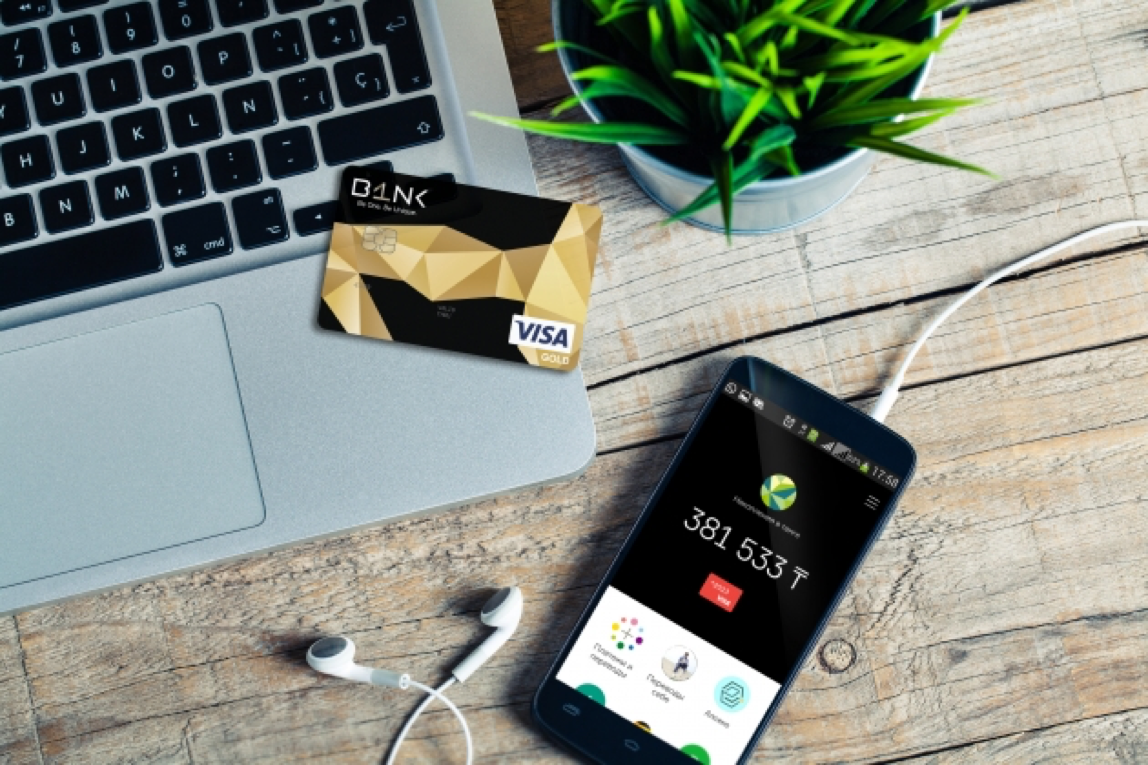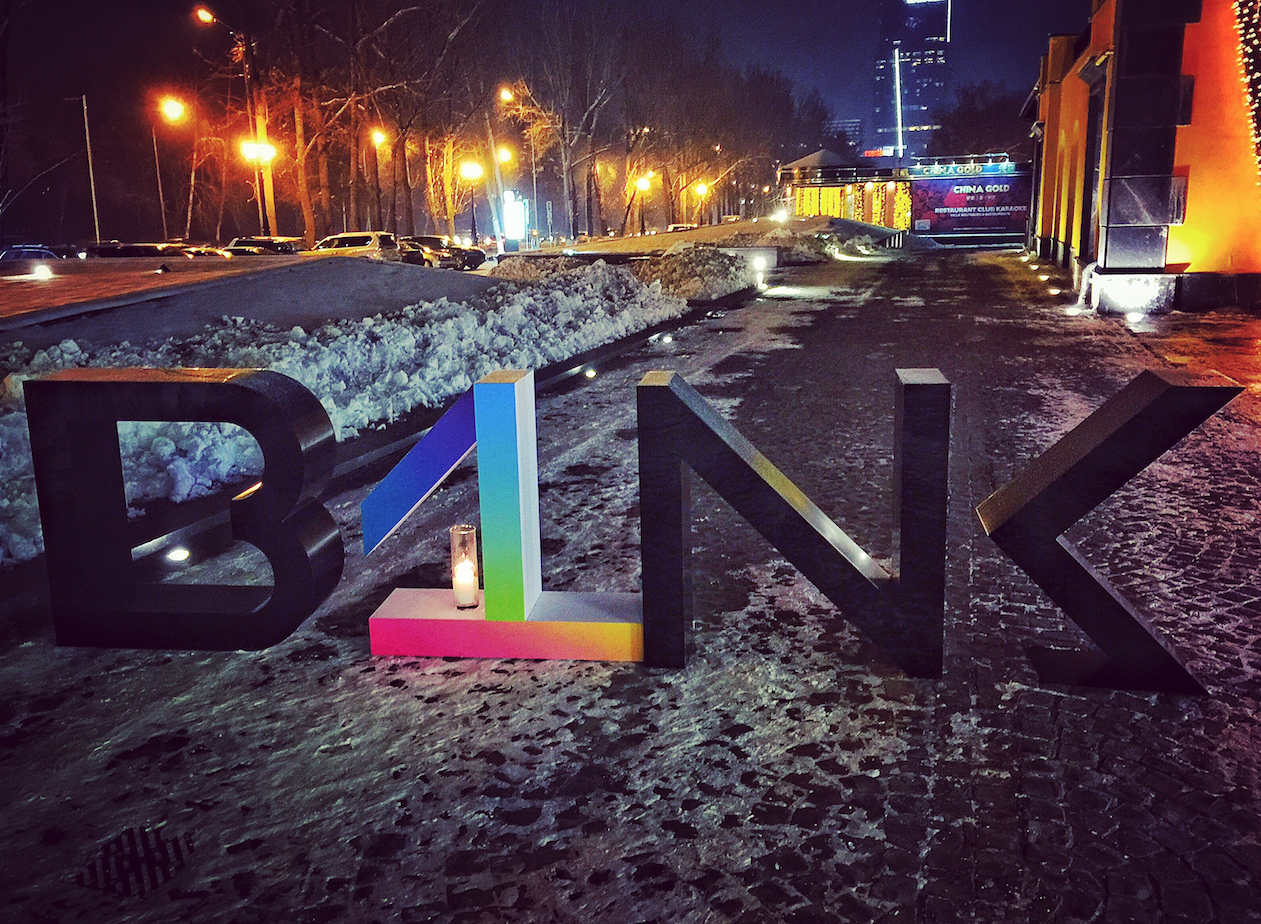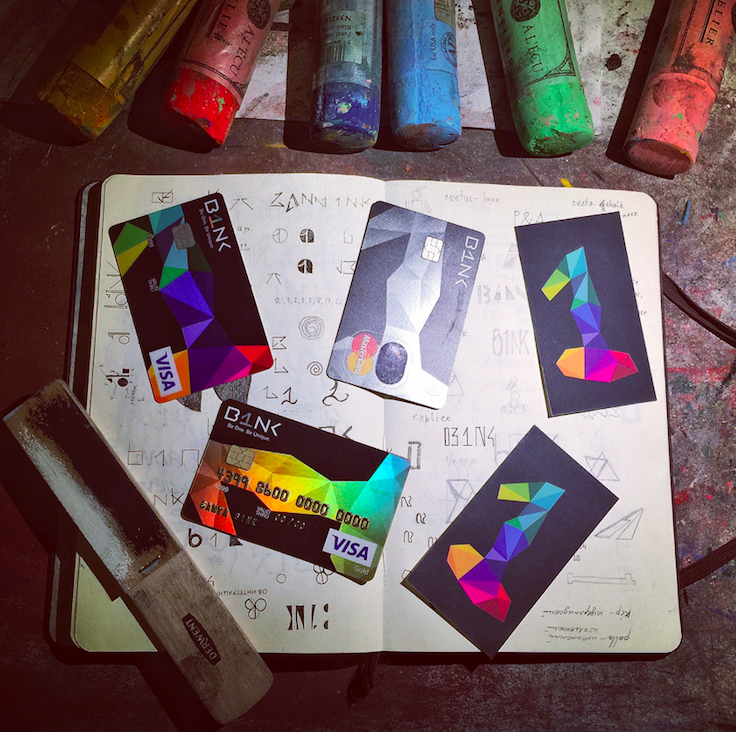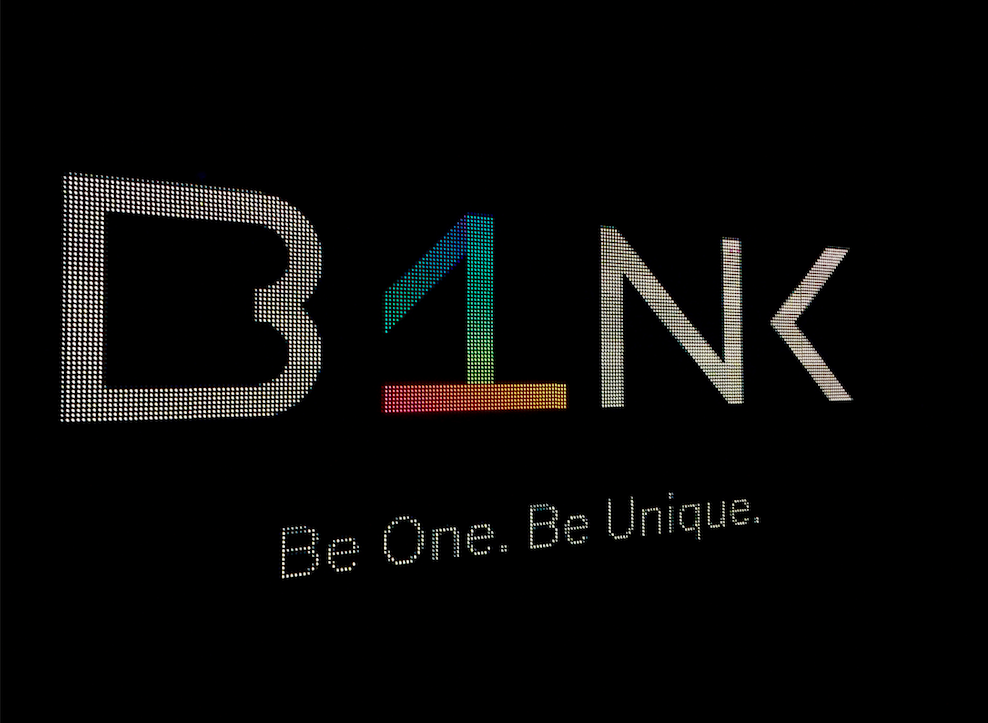Born digital in 9 months
A story of B1NK digital bank and OpenWay

This whimsical analogy can just as easily be applied to digital banking, and unfortunately most digital banking projects take much longer than nine months. When it comes to updating or replacing legacy platforms or implementing new solutions which underpin digital banking processes, the challenges involved can seem daunting to address, even when banks have big budgets at their disposal. And if a bank needs to deliver such an important project quickly, the challenges can seem insurmountable.
Digital banking approaches - only two?
Looking at the digital banking market today, there are two different approaches to meeting the challenges of offering a technology platform fit for the 21st century.
-
The first approach is to believe that a killer app can solve all the digital problems. This method seems easy but some market players criticise the concept, even in relation to good and expensive apps which could deliver a digital banking project. What can the app really achieve for the client if the client does not have the digital products, services and workflow behind it? Especially if there are still manual or paper-based processes involved, or when there is no end-to-end online process in place?
-
The second approach involves a full scale implementation of digital business processes and technology completely from scratch. This second option may seem more efficient, but it comes with significant expense and risk, and involves a complete change in mindset.
Is there another approach? Let’s take the default view that the digital banking project is an expensive, time-consuming and risky initiative. Looking at the market, most digital banking projects have considerable cost in terms of time and money, with expenditure often running into millions. Many such projects often take years to complete, running the risk that the market could outpace the project before it is even launched. Do we have an alternative?
9 Months to build a new digital bank
At OpenWay, we want to show you a project which illustrates this new approach for banking digitalisation. Working with Capital Bank of Kazakhstan, it took just nine months to build a digital banking platform completely from scratch, including a wide range of services. What’s more, it was delivered with an exceptionally low budget.
When OpenWay started its discussion with Capital Bank in October 2014, the bank needed a platform to launch its digital business by April 2015 and be fully digitally enabled by July of the same year. The bank wanted all of its products and services completely digitalised and online, and with automated workflows. Without a physical branch network to consider, the bank’s objective was to be as customer-centric as much as possible, with most services provided via mobile, web and social networks, including customer and product on-boarding and cross-sales.
The advantage that OpenWay had over its competitors in the market was our vast experience in implementing various digital payment projects for tier-1 giants like SIX Payment Services, Equens, Nets and ACB, as well as for ambitious financial start-ups in Europe, Asia, Africa and Americas. OpenWay’s WAY4 digital payments platform has handled portfolios within a single implementation ranging from 50,000 accounts to 180 million accounts, 500,000 mobile merchants and around 20 million transactions a day.
However, the digital banking project with Capital Bank was a unique opportunity for OpenWay, where the team could combine the functionality of its top-ranked WAY4 digital payment platform and brand-new WAY4 omni-channel system, alongside its digital service expertise and agile approach. This was an ideal combination, enabling the client to realise its goals as envisioned. This is a story about how new retail banking brand – B1NK – was born.

As a result, OpenWay managed to implement the digital banking technology platform for Capital Bank in just nine months. This included WAY4-based financial product and service management, risk management, GL, switching, clearing and settlement, mobile and web banking. Afterwards, WAY4 digital wallet and WAY4 messenger banking were launched, making the bank a pioneer in digital and conversational banking – with the goal to give an exceptional customer experience, engage more customers, enlarge the number of value-added payment services, and optimise customer service costs.
With the WAY4 omni-channel system already in place, the bank started its PR campaign four months after the project started and attracted around 50,000 clients in the first few months.
Agile is a key
The key element for the project was the technology supporting all of the digital business processes. The agile delivery approach and open banking functionality of WAY4 gave the bank the opportunity to organise not only the internal processes of the bank on a new level, but also establish a digital banking ecosystem involving business and technology partners such as merchants, service providers, vendors and fintech start-ups. It helped the bank to launch and validate new business concepts quickly on a low budget, and to scale up the successful business concepts quickly to high volumes.

Consumer experience
Another key differentiator of the WAY4 technology is the consumer experience concept. It was important to have an interface that could be used by those consumers familiar with typical banking language, but also an interface that at the same time was user-friendly and speak the language of social network apps. The WAY4 solution included the API which allowed the bank team to develop its unique services and design.

Beyond that, OpenWay provided Capital Bank with a unique customer experience, design and UX concept. The interface is not difficult to learn to use as it is natural and intuitive, seeing as it is formulated from the customer point of view.
One of the illustrative examples could be the up-sell approach used by the WAY4 channels: the bank’s clients can see their personal interactive offers from the bank and its partners, formulated in the customer language (e.g. “I want a new car” or the most popular option “I want to be happy”) which provide immediate enrolment for the products and services through the app and its back-office digital processes.
Cooperation
But cooperation between the bank and the vendor have not been limited in any way by the technological scope. Working together on omni-channel implementation, OpenWay created a completely new brand for the digital bank – B1NK is the first digital bank in the country. B1NK’s main target market is the audience of people aged 25 to 45, with a motto of “the bank that is easy as jeans and a convenient as a smartphone”. B1NK addresses the need of these consumers for simple and convenient banking, not only for new generation but also for mature people who communicate through social networks with help of OK Google and Alexa, or who use apps like Uber for city trips, Zova for fitness, Vivino for vine shopping, or Rome2Rio for travelling. These consumers typically do service enrolment, purchases and payments online, use various payment methods and do not want to wait for service.
It’s no surprise that the teams of OpenWay and Capital Bank started with technology and continued with creativity. The whole project was organised with agility and speed to market in mind, so all the team members of both the vendor and the bank had the same context, working closely with each other and sharing the same understanding of the project from A to Z. The other crucial factor was the chemistry between the teams, and the combined ambition to become a pioneer in the digital banking space.
What’s next?
Based on the experience of this extremely fast digital banking implementation, OpenWay has continued to launch digital banking projects for its clients who have their classical banking businesses but want to build digital banking within an integrated model or as a separate business. The WAY4 platform is open and attuned for online and high-volume digital services, flexible product management and the omni-channel concept. These elements, combined with speed to market, means that budgets for projects are significantly lower when compared with alternatives. This gives OpenWay clients – banks, payment processors, telcos, oil and e-commerce companies – a unique opportunity to become digital faster and with minimum risk, compete on value-added services and efficiency, and innovate quickly.
